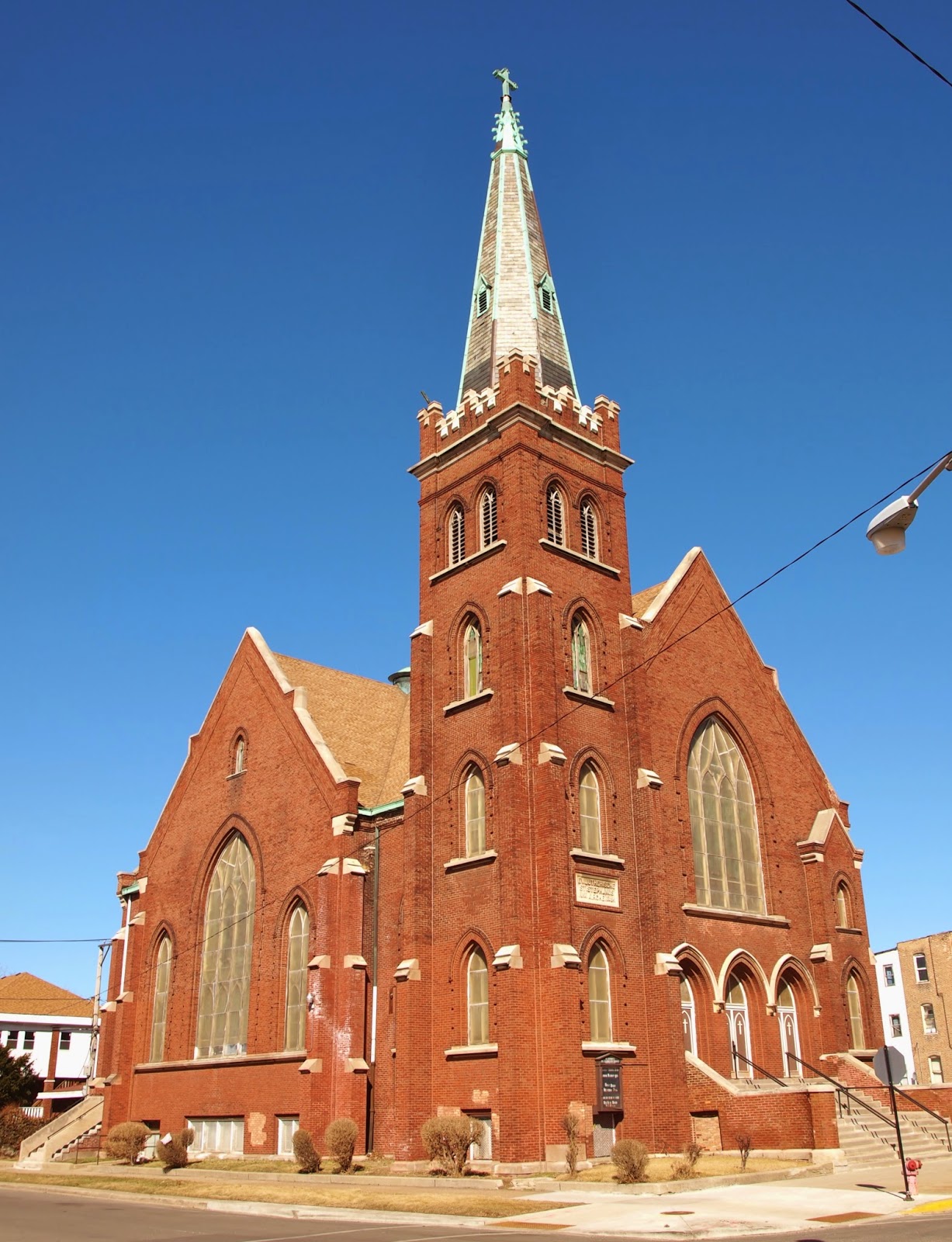Recently on a Facebook post, I noted a security guard at a
Bucktown elementary school told me I couldn’t take pictures of the building,
despite being far across the street on a public sidewalk and shooting with a
wide-angle lens. The school, he politely informed me, doesn’t allow photographs
of its students. Despite sending the photo and a link to laws regarding public
photography to the principal, she replied basically the school was instructed
by the police to call them if anybody was photographing or taping the
children (they didn’t for me) and the rule was no photography, public property
be damned.
CICS Bucktown
I write this because all to frequently I’m admonished for
one reason or another on my North Side photowalks. “Why are you taking pictures
of my house?” is usually asked with a snarl rather than in an inquisitive
manner. Rarely will anybody say hello or even nod an acknowledgment. This is
almost exactly the opposite on the South Side.
Initially venturing to the South Side to take photographs of
old family residences and former synagogue buildings for my book There Used
to Be a Synagogue Here: Former Chicago Temples, I found the neighborhoods
of Bronzeville, Grand Boulevard, Oakland/Kenwood and Washington Park very
hospitable to a 60ish white guy walking down the street with a camera. People
politely inquire about my interest in their neighborhood, volunteer information
about the area or simply say hello or nod in passing, something that would
surprise somebody like Brian Kilmeade at Fox News. Nothing more than “What are
looking at?” yelled from a distance by a young teen – more to impress the two
fellows with him – was even remotely threatening.
3600 - 3606 S. Giles Ave.
I was treated to a special type of hospitality this week
after photographing the former South Side Masonic Temple at W. 64
th
and S. Green streets, which has made Preservation Chicago’s 2015 list of the
city’s seven most endangered buildings. I knew there was a large church in the
vicinity, which came into view as I was driving west and south. I parked the
car at the corner of W. 65
th and S. Peoria streets and began
photographing the church – St. Stephens Evangelical Lutheran Church – from
several different vantage points. As I was finishing, a gentleman who I’d seen
entering the former parish house across the street reemerged and asked me,
“Have you met Reverend Raven? Would you like to photograph the inside of the
church?” For those of you who have seen my church photography, you know I
wouldn’t pass up this chance.
St. Stephens Evangelical Lutheran Church
After a few minutes, the Rev. Dr. Henry Raven, St. Stephens’
pastor, emerged and greeted me at the door. Before crossing the street, he
informed me that this was the second oldest church building in Englewood – the
Chicago Embassy Church is the oldest – and hoped to acquire landmark status for
the 1909 structure. It was founded by German immigrants – a plaque on the
Peoria Street entrance states, “Ev. Lutherische St. Stephanus Kirche” – and the
first black families became members in the late 1950s.
Original plaque from German congregants
Rev. Raven took me to a side entrance on the 65
th
Street side and opened a door and sliding metal grate, which led to the front
of the church. Passing the now-obligatory drum set in the corner, I saw a
stunning interior with a unique yellow-and-green color scheme. The pulpit is
dominated by an ornate wooden dais and large working pipe organ above. Rev.
Raven urged me to walk up to the balcony in the rear and the organ loft in the
front. The narrow stairways featured stained-glass windows, and the views from
both perches were excellent.
St. Stephens Evangelical Lutheran Church
As you can see in the photos, the church needs some work,
for which Rev. Raven is raising money. He became pastor ten years ago and has
increased church membership after some problems caused by the previous leader.
Rev. Raven also hopes the landmark designation will help with upkeep. The
church has the original blueprints for the building, which should enhance his
efforts.
Church balcony
We returned to the former parish house and exchanged
information. The former parish house now serves as offices and the hall for the
Family Feeding Center, a Wednesday and Friday soup kitchen opened in April
2014. The first of its kind in Englewood, the soup kitchen supported by
Shepard’s HOPE feeds 200 people each day. The Action Coalition of Englewood is
also headquartered here. Prior to departing, I gave Rev. Raven a small donation
for his hospitality and promised to send my best photographs for use by the
church.
Pipe organ
This is the third church into which I’ve been invited while
taking exterior photographs. The first, the Independence Boulevard Seventh-Day
Adventist church (the former Congregation Anshe Sholom) in Lawndale, came about
when a maintenance man spotted me through a window shooting the side doors,
which feature Hebrew letters inscribed above glass crosses in the doors. The
other, the Ebenezer Missionary Baptist Church (the former Isaiah Temple), would
be visited later during Open House Chicago 2012. While also photographing South
Side churches during the Chicago Architecture Foundation’s Open House Chicago,
I’ve met several very nice people who take great pride in showcasing their
buildings to visitors.
Corpus Christi Church, 4920 S. King Dr.
Thank you again, Rev. Henry Raven, for extending yourself to provide me with a unique photography opportunity. Here's to a better 106th year for the church, landmark status in the future and better times for Englewood. It's wonderful how going outside one's comfort zone can result in such rewarding experiences.
St. Stephens Evangelical Lutheran Chuch






















